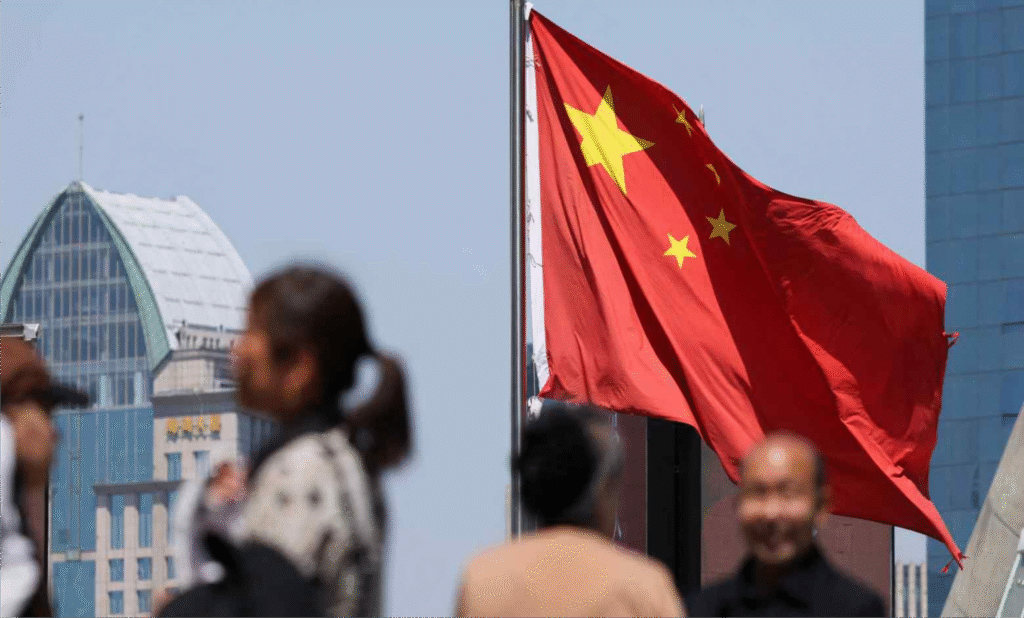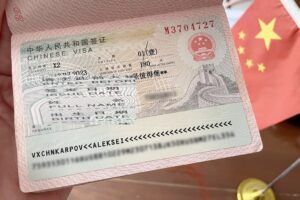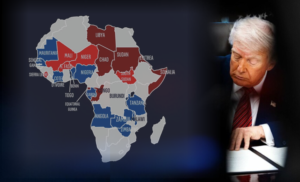China Launches K-Visa to Attract Global Tech Talent as US Tightens Immigration Rules

New policy highlights China’s bid for innovation leadership and raises questions about talent mobility, youth employment, and cultural exchange.
China has unveiled a new K-visa designed to attract global technology professionals. This is a projection that unveils Beijing’s determination to compete with the United States in the worldwide race for innovation. The initiative comes just as Washington’s immigration barriers rise under President Donald Trump, driving many skilled workers to explore opportunities elsewhere.
Rolled out last month, the K-visa represents a key part of China’s effort to expand its talent pool, strengthen its research capabilities and fill widening gaps in its domestic tech workforce. The visa offers a simpler path for entry than previous schemes, notably allowing applicants to apply without a confirmed job offer. A flexibility rarely seen in China’s immigration framework. “The K-visa for China is like the H-1B for the US,” said Srinivasagopalan, a software engineer from India intrigued by China’s work culture after her father’s experience teaching at a Chinese university. “It’s a good option for people like me who want to work abroad”. Shifting a global procession of talents, which might highly be targeted at China’s neighbouring countries, the Western world, Africa’s youth demography, etc.
![]()

The launch coincides with new US visa restrictions that have unsettled thousands of skilled professionals. The Trump administration’s decision to raise H-1B visa fees to $100,000 for new applicants has made the American dream less attainable for many international graduates and workers. Bikash Kali Das, an Indian Master’s Degree student at Sichuan University said – “Students studying in the US hoped for an H-1B visa, but currently this is an issue. China’s new policy is now something we’re seriously considering”.
This moment of new immigration vista in Beijing, is a strategic one. The Chinese government has made technological self-reliance and global innovation leadership a top priority, investing heavily in artificial intelligence, semiconductors, and robotics.
Presumably, the new K-Visa introduction would probably be drawn from Beijing perceiving the recent tightening of immigration policies in the US, as an opportunity to position China as more welcoming to foreign talent and investment. As often in the longrun, foreign immigrants engineer talent transfer through intermarriages, social transactions and contribute to national GDP advancement.
The policy also exposes tensions within China’s own labor market. Despite the recorded youth unemployment in China, ranking at nearly 18% of jobseekers aged between 16 to 24, some officials still argue that foreign professionals are essential to bridge the skills-gap in key industries.
![]()
However, critics worry that the K-visa could intensify job competition. Foreign professionals can bring in new technological ideas, but some Chinese young job seekers may feel pressure because of it. Some other people echo same sentiment. Kyle Huang, a 26-year-old software engineer in Guangzhou, said the visa –“might threaten local job opportunities”. Reflecting the unease many graduates feel in an already strained job market.
The K-visa may also reshape family decisions and cultural exchange. In consideration of many professionals, especially from South and Southeast Asia, China’s growing openness offers both career prospects and personal stability. Families are beginning to weigh Beijing and Shanghai not just as places to work, but to settle and raise children. A notable swing from China’s historic identity as exporters of human capacity capital, rather than being an importer of talent.
In the business world, the move is expected to energize foreign startups, research centers and joint ventures operating in China’s tech clusters, such as Shenzhen and Hangzhou. Analysts predict a surge in cross-border partnerships, particularly as companies seek to fill critical shortages in chip design, machine learning and quantum computing. An insightful turning point of invitation to immigrants, in global politics for ingenious-migration.
![]()
China’s K-visa also carries clear political sign. At a time when the US tightens its borders, Beijing is projecting openness. Using immigration as soft power to attract global minds and signal leadership in innovation diplomacy. State-backed commentary from the Shanghai Observer argued that the policy would ultimately strengthen China’s economy. Noting that as China advances in fields such as AI and semiconductors, there remains a gap and mismatch between qualified jobseekers and the demand for skilled workers.
While it is too early to tell whether China can truly rival the US as a magnet for top global talent, the K-visa marks an important entrance. An attempt that blurs old boundaries between East and West and challenges long-held assumptions about where innovation belongs.
The intelligent communities of young professionals, entrepreneurs, idea generators, creative personnel and families around the world, the message is clear; the center of socioeconomic opportunity may be moving eastward.






